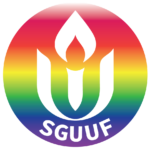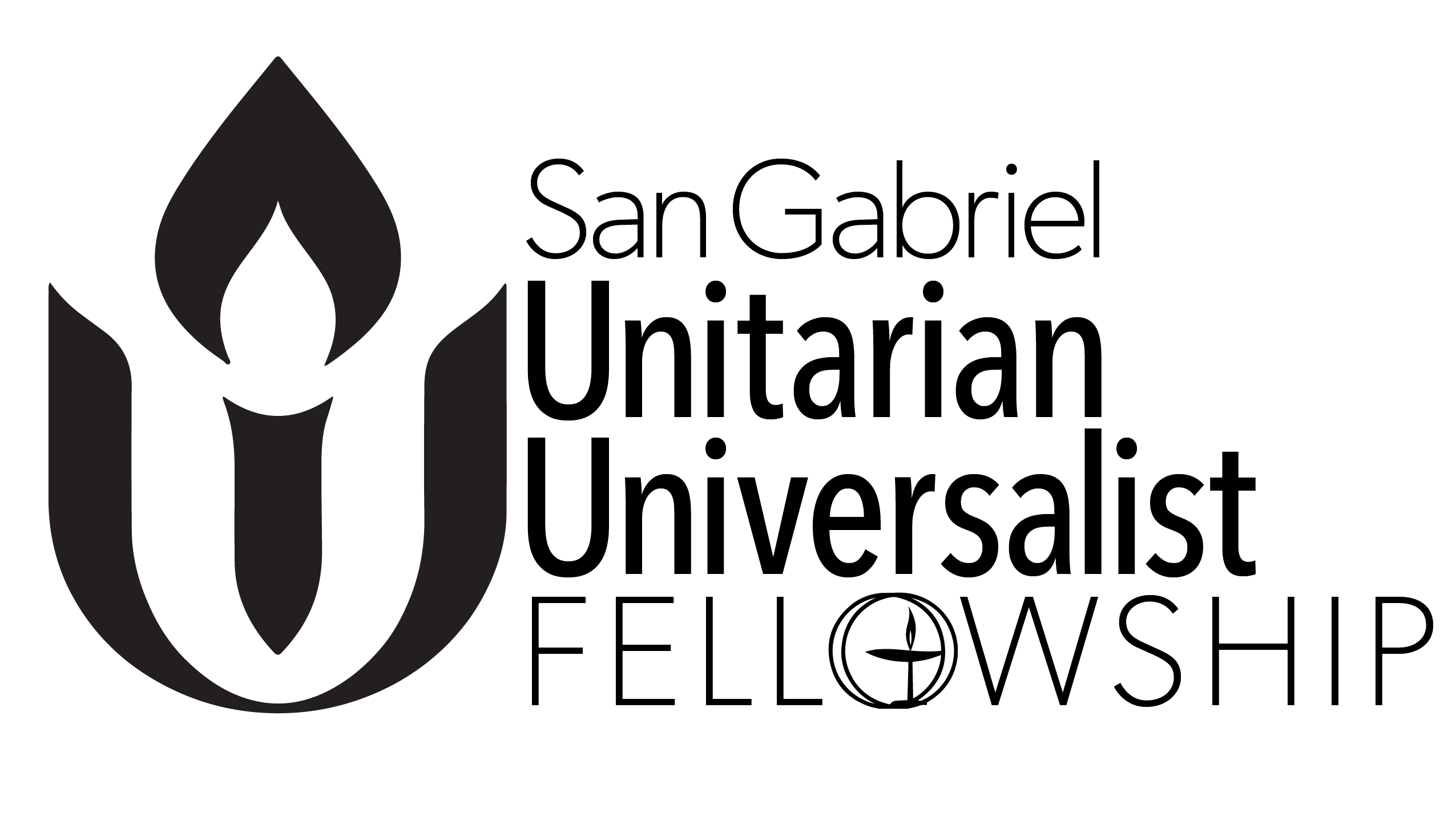When is Pride Month?
June. Although it has been celebrated for more than 50 years, President Bill Clinton officially declared June as Gay and Lesbian Pride Month in 2000. President Barack Obama expanded the observance in 2011 to Lesbian, Gay, Bisexual, and Transgender Pride Month.
Today, celebrations include pride parades, picnics, parties, workshops, symposia and concerts, and LGBT Pride Month events attract millions of participants around the world. It is also common for memorials to be held during this month for those members of the community who have been lost to hate crimes or HIV/AIDS.
Why do we celebrate Pride Month?
Pride Month was initially inspired by the 1969 Stonewall Uprising and works to achieve equal justice and opportunity for LGBTQ+ Americans. The purpose of the month is to recognize the impact that LGBTQ+ individuals have had on society locally, nationally and internationally.
“These are groups of people who for so long lived in the closet and hid their real identities,” Brenkle says. “I think it’s very important to make note of that, and also to make note of the fact that things are still not perfect. Yes, we have same sex marriage, but we don’t have adoption rights in every single state. We don’t have the same employment rights in every single state. We still have students kicked out of their homes for coming out. Things are still problematic in our daily lives. I think those things need to be brought forward and need to be talked about. That awareness is why these pride events are so important.”
What is the Stonewall Uprising?
The Stonewall Uprising occurred June 28, 1969, and was a tipping point for the Gay Liberation Movement in the United States. In the 1960s, the Stonewall Inn in New York City’s Greenwich Village was a gay club and refuge for many in the LGBTQ+ community. On June 28, 1969, the New York City police raided the inn, sparking a riot among bar patrons and neighborhood residents with the police. The riot involved hundreds of people and led to six days of protests and violent clashes with law enforcement outside the bar on Christopher Street, in neighboring streets and in nearby Christopher Park.
A year later on June 28, thousands of people marched from the Stonewall Inn to Central Park in what was then called “Christopher Street Liberation Day” — marking what is now recognized as the nation’s first gay pride parade. Since 1970, LGBTQ+ people and allies have continued to gather together in June to march with pride and demonstrate for equal rights.


